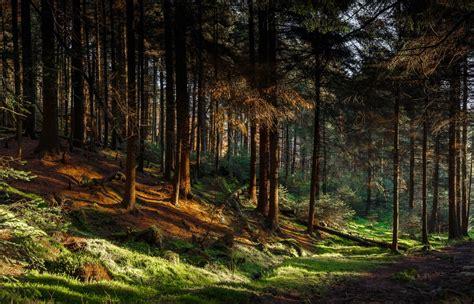Forests can appear stationary and quiet, but there's an active world of communication hidden under the ground—referred to as the "Wood Wide Web." Plants and trees communicate through underground fungi, which are also referred to as mycorrhizal networks.
Trees communicate with each other through this system, sending chemical warnings to neighbors regarding pests or drought. An attacked tree may emit chemicals that stimulate others around them to increase defense. Some actually send nutrients to weaker or younger trees, supporting their survival—a behavior scientists liken to parental nurturing.
This network is facilitated by fungi that bind to roots and link trees of various species, creating a secret web of life. These fungi also benefit, getting sugars from the trees in exchange.
Learning about this subterranean world has revolutionized the way we think about forests—not as collections of discrete trees, but as smart, networked communities.
The next time you stroll through a forest, recall: you're walking over a silent conversation that's been in progress for millions of years.

